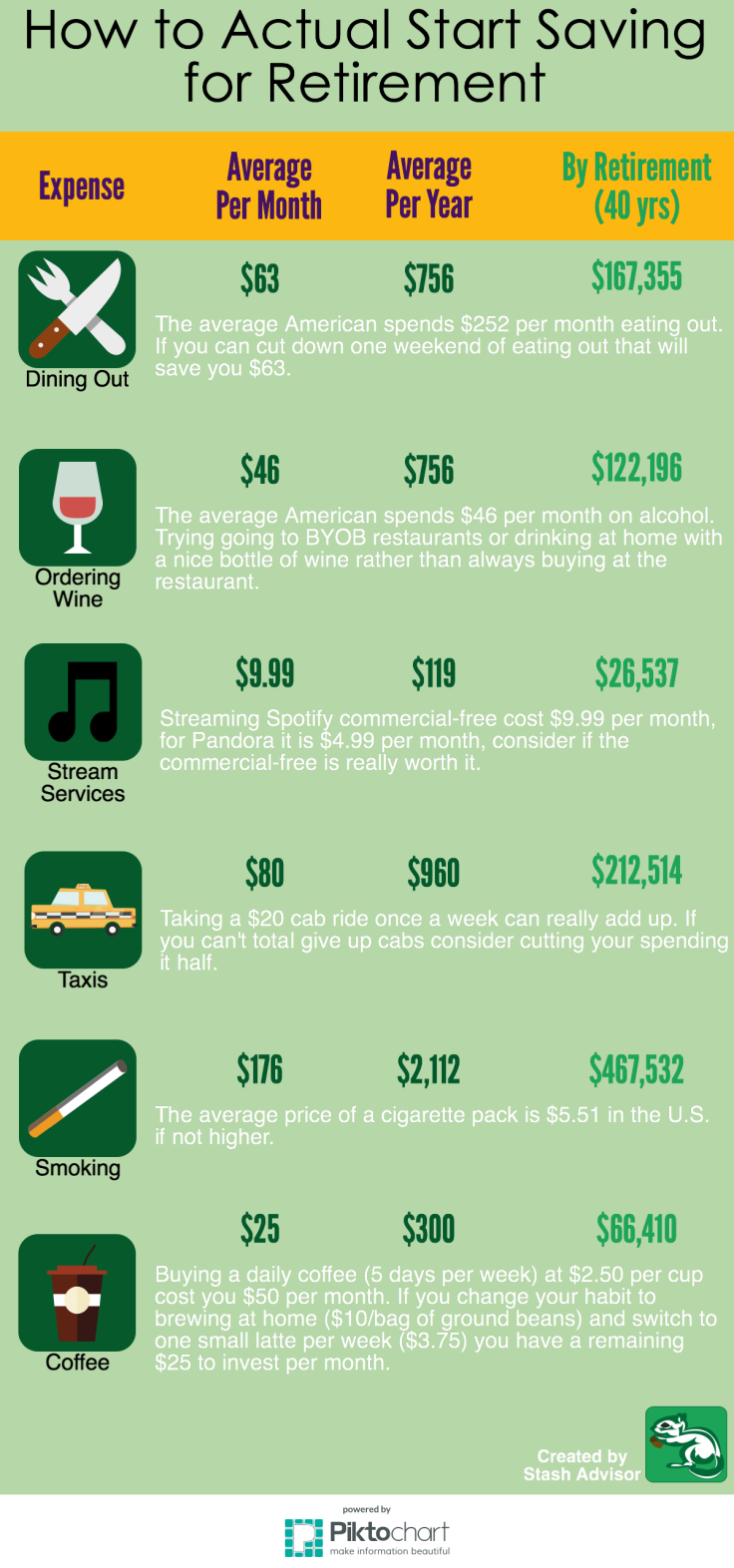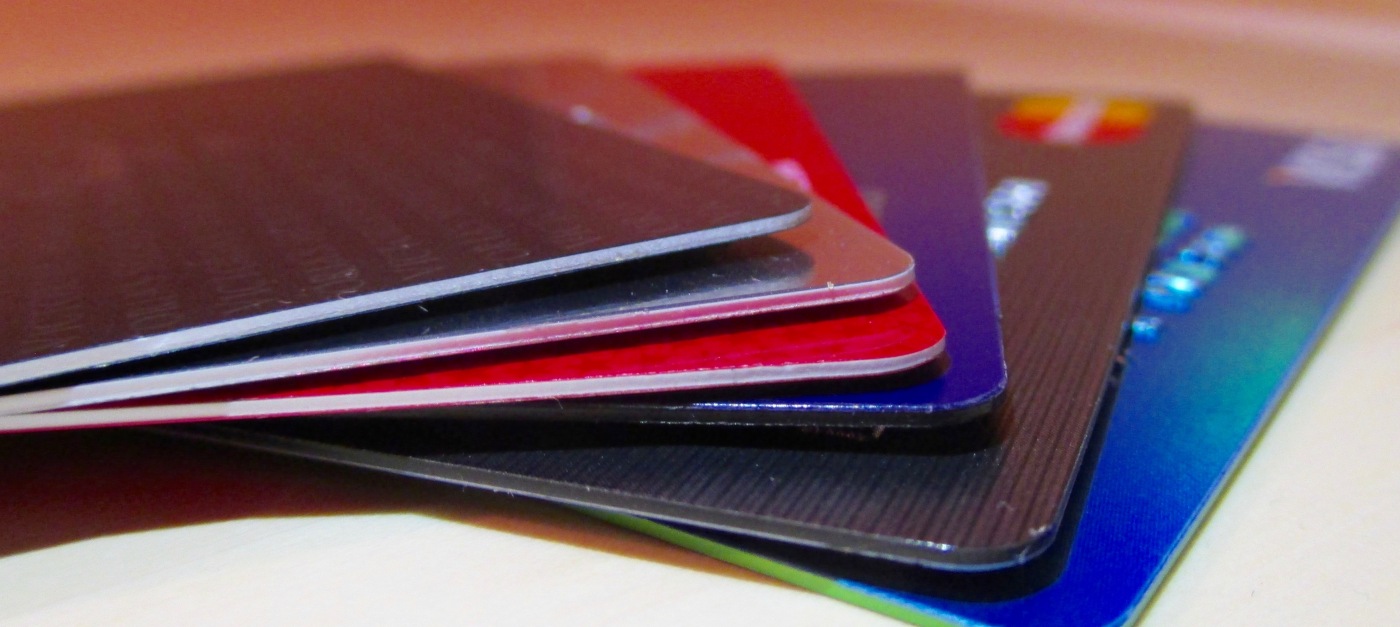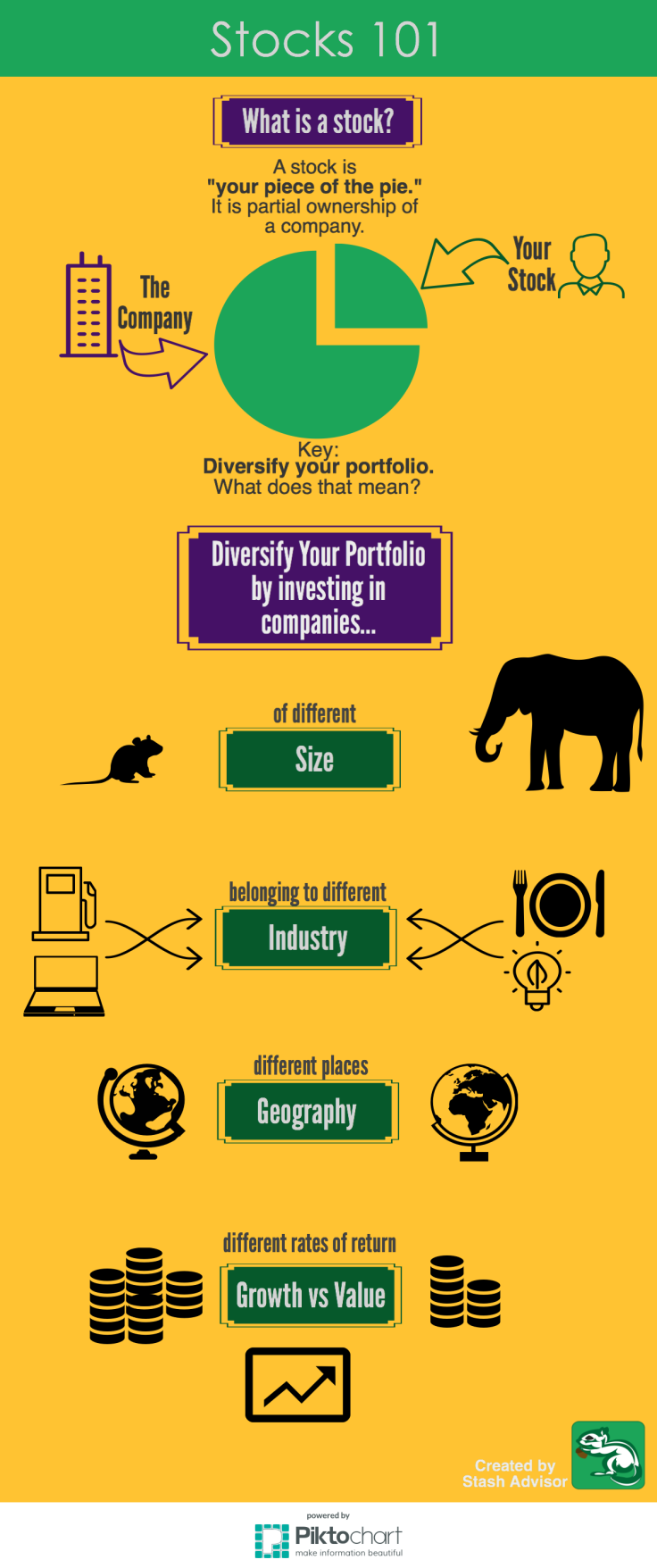Summer is around the corner! The weather is starting to warm up. People are coming out of hibernation. Brunch spots are filling up. People are heading for vacations, and going to the beach. Obviously a lot of fun is had during the summer. This also normally means that a lot of money is being spent. So I thought that it would be the perfect time to talk about some very simple ways to make sure that by the time fall comes around you come out with your finances intact.
Save for Vacations
How are you paying for your vacations? Are you swiping with your credit card? A better strategy is to have a savings account for your vacation and work towards it over the coming months so that when it comes time for your vacation you can pay for the whole thing in full and it can be something you look forward too rather than something you stress about. It will be especially stress free because you don’t have to worry about paying for it later. We wrote blogs about The Importance of Savings and Automating Your Finances. They can help you get started.
Eat at Home
When it comes to summer, it’s often the time when you go out more because it’s nice out. With this comes eating out more. Although this is very hard to resist. It is much more cost effective to eat at home. Instead of going out to eat, perhaps you can invite your friends over to cook dinner or lunch. This is much more cost effective, along with being healthier because you know how many calories you’re taking in and exactly what’s in your food (so you don’t have to worry about hurting your beach body). They say, muscles are made in the kitchen.
Visit a Thrift Shop
I recently visited a thrift shop for the first time, and didn’t know what to expect. I thought that it would be old and tattered clothes. I was in for a huge surprise. I saw a really awesome summer button up in the window and immediately wanted it . When I entered the store I came to find out it was a thrift shop. When I asked for the price of the shirt I fully expected it to be 40+ dollars and came to find out it was $25, a steal! I also found a pair of shoes that I continually get complimented on that were only 30 dollars. My point is that expensive is not always the way to go. Thrift shops offer you the ability to be stylish yet spend frugally. There are also a number of thrift shops that will buy your gently used clothes for cash or store credit. A couple thrift stores that do this are Buffalo Exchange and Crossroads.
Cut Your Gas Costs
If you live in an area like a city where everything is close by and you don’t necessarily have to drive a car, then don’t. It’s nice outside so a whole array of transportation is open to you. Take advantage of the weather and get a good workout while you’re at it. You’ll get to see things you don’t normally get to see because you’re in a car, you get to enjoy the nice weather, and your wallet with thank you when summer is over.
Lower Your Bar Tab
Summer is the time when everyone starts going out to the bar in droves and drop a lot of money on alcohol. Obviously it can be more expensive to buy alcohol at bars then at your house. So why not try drinking at your place first, then buy inexpensive drinks at the bar when you get there. And of course drink responsibly .
Netflix and Hulu Instead of Cable
How often do you watch TV? This may be for people who don’t necessarily watch TV but have cable. I recently moved to a place where my new roommates never bothered to start up cable. I thought it was strange at first but then I came to realize they had different alternatives for watching TV. For example Hulu, Netflix, and HBO Now. With these three it’s not really necessary to have cable. You’re saving yourself a bit of money and it will start to add up. Not to mention you can watch shows essentially on your time rather than prime time.
Start a Side Hustle
Topping off the list is starting a side hustle. A side job can often be a great and easy way to make some extra money. Having a side hustle is at an all time high because of all the easy ways you can search for opportunities. I will list a few examples of what you can do below but you can do your own research and find out what side hustle works best for you.
House Sitting – With so many people opting to go on vacation during summer. Some would feel more at ease if they knew someone was watching their house. This can be a relatively easy and lucrative gig.
Tutoring – Many parents like to keep their children learning over the summer, whether that be SAT/ACT practice or the summer worksheets that are sent home with children, this could be a great way to make side cash and help your community.
Dog Walking/Sitting – This is a spin-off of house sitting, but more fun (depending on the dog). If you don’t have a pet this can be a good way to get your pet fix and make money while doing it.
Sell Items on etsy.com – If you are crafty with your hands, or artistic, you can make money selling your crafts on etsy.
Rent Out Your Home On AirBNB – If you are leaving on vacation, going somewhere for an extended period of time, or have extra space, you can temporarily turn your house or apartment into a hotel and make money doing it.
Uber and Lyft – If you have a car, and a few hours to spare during the day, you could try being a uber/lyft driver. While you drive you get to meet interesting people, see places you may not normally go, and get paid on your terms.
fiverr.com and upwork.com – These websites are online freelancing sites, where people post jobs that they would like to be done, and freelancers complete the jobs. The jobs can range from writing an article to writing an app. Depending on the type of skills you have, you can make a lot of money on these sites.
Summer time is the time when people go outside to celebrate the warm weather. Whether that means spending times with friends, going out, going to brunch, or going on vacation. However, there are many ways to make sure that your finances are in order while doing all these things. Hopefully this list was helpful to you. What are some good summer finance tips that you’ve used before? comment below and let us know.






